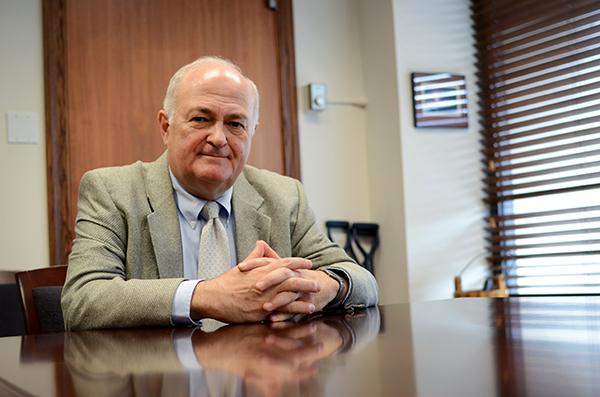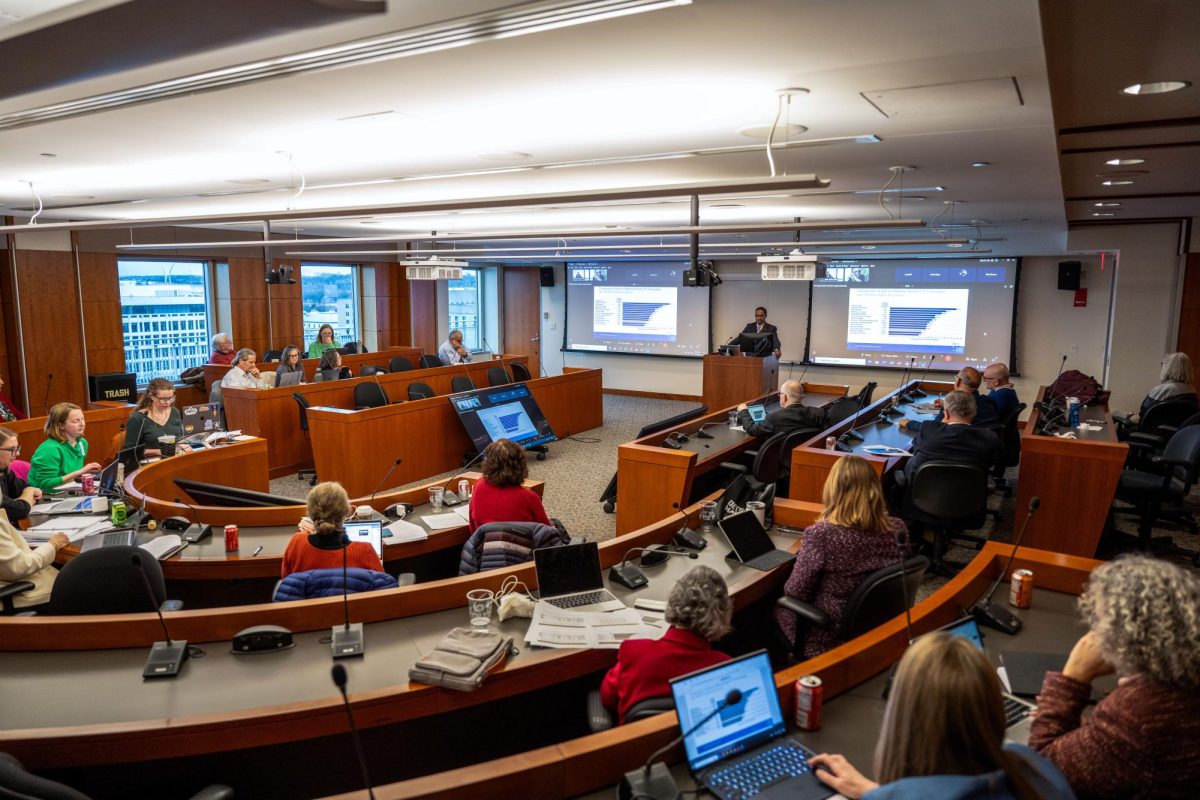The University has raised more than $20 million in the past two months, bringing its fundraising campaign total to $791 million, University President Steven Knapp said in an interview last week.
The $21 million increase comes on the heels of the University’s largest fundraising year in history, during which officials raised $230 million. The campaign is set to end in three years, after publicly starting last summer.
Knapp said as the campaign nears its goal, he will talk with leaders on the Board of Trustees to decide how to move forward and whether to expand the campaign.
“Everybody’s noticing the progress we’ve made, and they’ve noticed we’re pretty close to the goal,” Knapp said. “I think everybody realizes that if things continue to go the way they have, we should hit the goal early.”
But, Knapp said for now he’s mainly interested in keeping the up the pace of the campaign.
“Right now we’re focused on getting to our goals more than thinking about what happens the moment we hit it,” he said.
University spokeswoman Candace Smith said the $21 million increase is made up of “recent scholarships, professorships, perpetual trusts, equipment, sponsored research gifts, foundation support and individual gifts.”
Knapp said he’s seen officials at other universities make three types of decisions once they hit a goal early. Officials could end the campaign as soon as it reaches the $1 billion finish line, set a larger goal to complete before the campaign’s scheduled deadline, or expand the goal and the length of the campaign.
Among GW’s 14 peer institutions, six have current fundraising campaigns with goals higher than GW’s $1 billion target, like Georgetown and Duke universities, according to the Council for Advancement and Support of Education. Another four institutions are running $1 billion campaigns.
Tim Winkler, the chief executive officer and founding partner of the fundraising firm Winkler Group, said officials will also have to keep donors interested, especially if they decide to expand the goal of the campaign.
“You don’t want to be seen as greedy,” he said. “What is going to make you go to another level than you’ve already been able to go with the campaign?”
Winkler added that stretching the campaign’s dollar target but keeping the same time frame typically proves to be the most successful combination for organizations. He said that extending a deadline and increasing the fundraising goal can make donors “weary.”
“There’s something to be said about having a definitive timeline, to wrap a bow around it,” he said.
Kevin Foyle, the vice president of development and public affairs for The University of Texas Health Science Center at Houston, said officials should rally around the areas of campus the University is still looking to fund.
“It all comes down to the vision and what they’re actually trying to accomplish versus necessarily the money or a particular time frame,” Foyle said.
Foyle said throughout fundraising campaigns, universities often receive restricted gifts, which means the donor decides how the money will be spent. Those limitations can make it harder for officials to fund every area they had planned — leaving potential places to focus on if the campaign is expanded.
Throughout the University’s fundraising campaign, which launched publicly last June, officials have received multimillion-dollar donations, like the $80 million gift for the Milken Institute School of Public Health and $25 million toward the GW Museum and Textile Museum.
Officials will also need to make sure the University’s fundraising arm and deans with goals of their own are “still alive and well and motivated” enough to propel the campaign forward, Foyle said.
“You see this more often, when they have been in the campaign for six or seven years, volunteers are getting tired, sort of getting distracted,” he said. “But if you’re only a year in, I’m guessing energy and momentum really isn’t the problem.”
Colleen Murphy contributed reporting.







